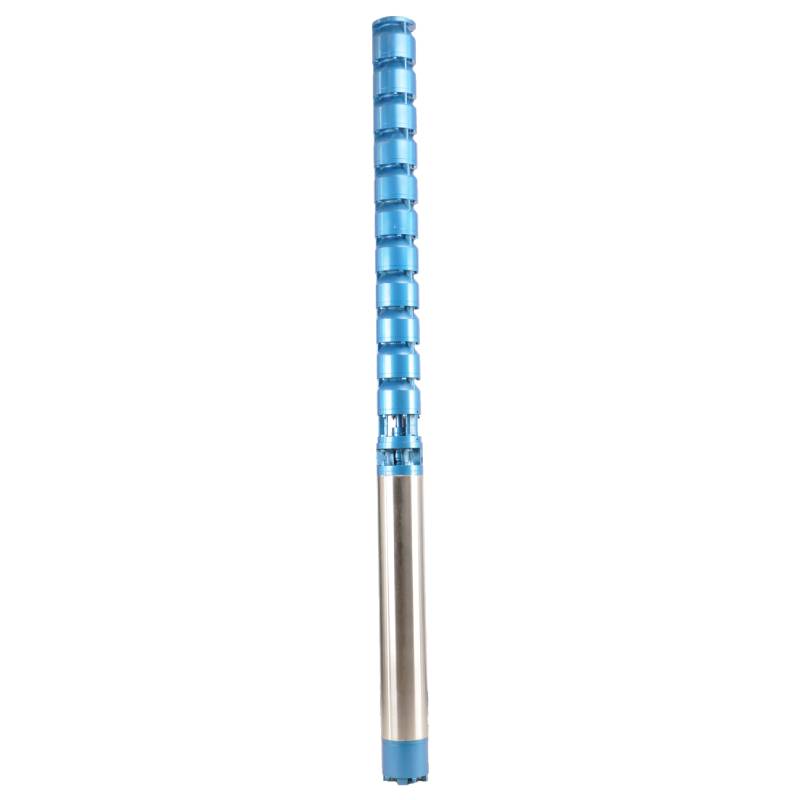Jul . 28, 2024 14:58 Back to list
Exploring the Benefits and Applications of Electric Well Pumps in Modern Water Supply Systems
The Electric Well Pump A Vital Resource for Water Supply
Electric well pumps play a crucial role in ensuring a reliable and efficient supply of water, particularly in rural and remote areas where access to municipal water systems can be limited. These devices are designed to extract groundwater from wells and deliver it to the surface for various uses, including agricultural irrigation, residential water supply, and industrial processes. This article explores the functionality, types, benefits, and maintenance of electric well pumps.
Functionality of Electric Well Pumps
An electric well pump operates by converting electrical energy into mechanical energy to lift water from underground sources. Typically installed inside the well casing, these pumps are equipped with a motor that drives impellers or a diaphragm, depending on the pump type. As the impeller spins, it creates a pressure difference that draws water into the pump and pushes it up through the discharge pipe to the surface.
The depth of the well, the volume of water required, and the specific use case determine the size and type of the electric well pump. Submersible pumps are commonly used in deep wells, as they are designed to be submerged in water and can efficiently push water to the surface. In contrast, jet pumps are suitable for shallow wells and operate by creating a vacuum to pull water up.
Types of Electric Well Pumps
There are primarily three types of electric well pumps
1. Submersible Pumps These pumps are submerged in water and are highly efficient for deep wells. They are durable and can handle a high flow rate, making them ideal for agricultural applications and larger residential systems.
2. Jet Pumps Jet pumps can be used for shallow to moderate depths and are installed above ground. They are known for their capability to lift water using a jet of water that creates a vacuum.
electric well pump

3. Vertical Turbine Pumps These are suitable for very deep wells and are often used in municipal and industrial applications. They consist of multiple stages to enhance the lifting capability and are typically positioned inside the well casing.
Benefits of Electric Well Pumps
Electric well pumps offer numerous benefits. First and foremost, they provide a reliable and consistent supply of water, critical for households and farms that rely on irrigation. Secondly, electric well pumps are more energy-efficient compared to other types of pumps, translating into lower energy costs over time.
Moreover, the adaptability of electric well pumps allows them to be used for various applications, from irrigation in agriculture to supplying potable water for residential use. Their scalability makes them suitable for both small and large-scale operations.
Maintenance of Electric Well Pumps
Maintaining an electric well pump is essential to ensure its longevity and optimal performance. Regular inspections should include checking electrical connections, inspecting the pump and motor for signs of wear, and monitoring the water quality. It is also vital to ensure that the pump is adequately submerged to prevent overheating, especially in submersible models.
In case of any issues, operating the pump when it is not drawing water can lead to severe damage. Therefore, installing a pressure switch that automatically turns off the pump when the water level is low is recommended. Additionally, periodic servicing by a qualified technician can help in identifying potential problems before they escalate.
Conclusion
Electric well pumps are indispensable components in the water supply chain, particularly in areas dependent on groundwater. Their efficiency, adaptability, and ability to provide a consistent supply of water make them a reliable choice for various applications. By understanding their functionality and ensuring regular maintenance, users can maximize the benefits of these critical water extraction systems. With the growing demand for water in agriculture, industry, and daily living, the significance of electric well pumps will continue to rise, making them an essential investment for sustainable water management.
-
Submersible Water Pump: The Efficient 'Power Pioneer' of the Underwater World
NewsJul.01,2025
-
Submersible Pond Pump: The Hidden Guardian of Water Landscape Ecology
NewsJul.01,2025
-
Stainless Well Pump: A Reliable and Durable Pumping Main Force
NewsJul.01,2025
-
Stainless Steel Submersible Pump: An Efficient and Versatile Tool for Underwater Operations
NewsJul.01,2025
-
Deep Well Submersible Pump: An Efficient 'Sucker' of Groundwater Sources
NewsJul.01,2025
-
Deep Water Well Pump: An Efficient 'Sucker' of Groundwater Sources
NewsJul.01,2025
-
 Submersible Water Pump: The Efficient 'Power Pioneer' of the Underwater WorldIn the field of hydraulic equipment, the Submersible Water Pump has become the core equipment for underwater operations and water resource transportation due to its unique design and excellent performance.Detail
Submersible Water Pump: The Efficient 'Power Pioneer' of the Underwater WorldIn the field of hydraulic equipment, the Submersible Water Pump has become the core equipment for underwater operations and water resource transportation due to its unique design and excellent performance.Detail -
 Submersible Pond Pump: The Hidden Guardian of Water Landscape EcologyIn courtyard landscapes, ecological ponds, and even small-scale water conservancy projects, there is a silent yet indispensable equipment - the Submersible Pond Pump.Detail
Submersible Pond Pump: The Hidden Guardian of Water Landscape EcologyIn courtyard landscapes, ecological ponds, and even small-scale water conservancy projects, there is a silent yet indispensable equipment - the Submersible Pond Pump.Detail -
 Stainless Well Pump: A Reliable and Durable Pumping Main ForceIn the field of water resource transportation, Stainless Well Pump has become the core equipment for various pumping scenarios with its excellent performance and reliable quality.Detail
Stainless Well Pump: A Reliable and Durable Pumping Main ForceIn the field of water resource transportation, Stainless Well Pump has become the core equipment for various pumping scenarios with its excellent performance and reliable quality.Detail
